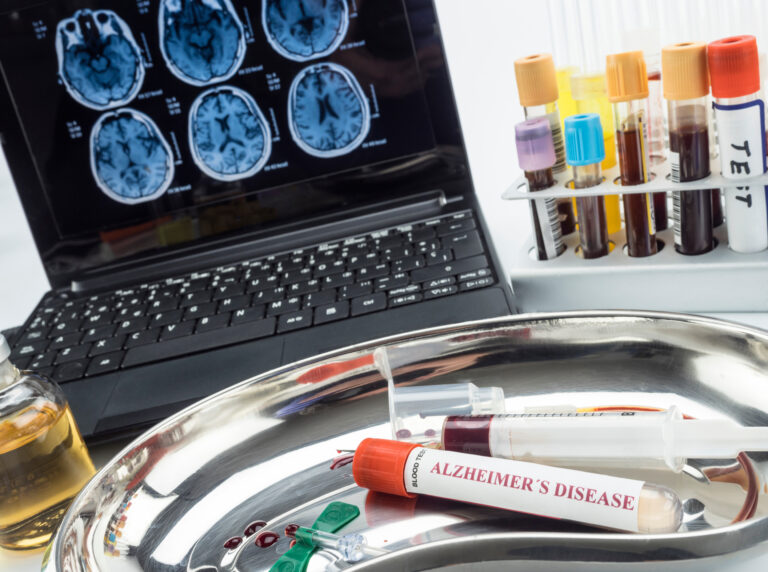Every day, we go about our routines thinking we’re safe in our homes and surroundings. But there’s a side of everyday life that many don’t see—a world of hidden dangers lurking in the most ordinary places and products. These aren’t just small risks; some can seriously affect health and safety, yet they remain largely unknown or ignored.
Take cleaning products, for example. We use them to keep our homes spotless and germ-free, but many contain harsh chemicals that can harm us more than help. These chemicals might cause asthma attacks, skin irritation, or even long-term health problems without us realizing it. The bright labels promise cleanliness but hide toxic ingredients that quietly affect our lungs and skin every time we spray or wipe surfaces. It’s a trade-off between a sparkling home and potential health risks that most people never consider.
Then there are everyday objects like magnets found in toys or household gadgets. They seem harmless—just little pieces of metal—but when swallowed by children, they become dangerous weapons inside the body. Multiple magnets can attract each other through intestinal walls causing tears, blockages, infections, or worse. Hospitals report hundreds of emergency cases yearly from such incidents because these tiny items are easy for kids to swallow but hard to detect until serious damage happens.
Even beyond physical dangers lie threats to our hormones from common products around us—things we touch daily may interfere with how our bodies regulate vital functions without obvious symptoms at first glance.
What makes these dangers especially tricky is how normal everything seems on the surface: cleaning sprays on shelves everywhere; colorful toys with shiny magnets; scented laundry detergents filling closets—all part of daily life yet hiding risks beneath their friendly appearances.
Knowing about these hidden hazards doesn’t mean living in fear but being aware enough to make safer choices: opting for non-toxic cleaners made from natural ingredients instead of chemical-laden ones; keeping small magnets far out of children’s reach; reading labels carefully before bringing new products into your home.
The truth is out there—dangerous information they don’t want you to have because awareness could change buying habits and force industries toward safer alternatives. But once you know what’s really behind those everyday items—the invisible threats—they lose their power over your health and safety.
Being informed means taking control back from unseen dangers disguised as normalcy all around us every day.





